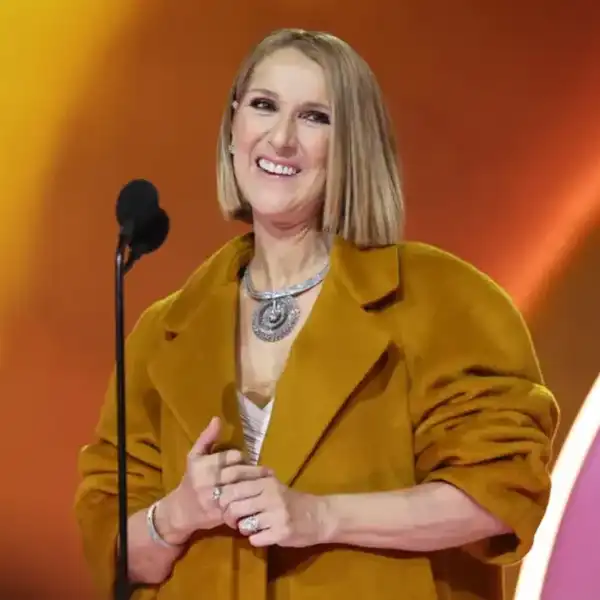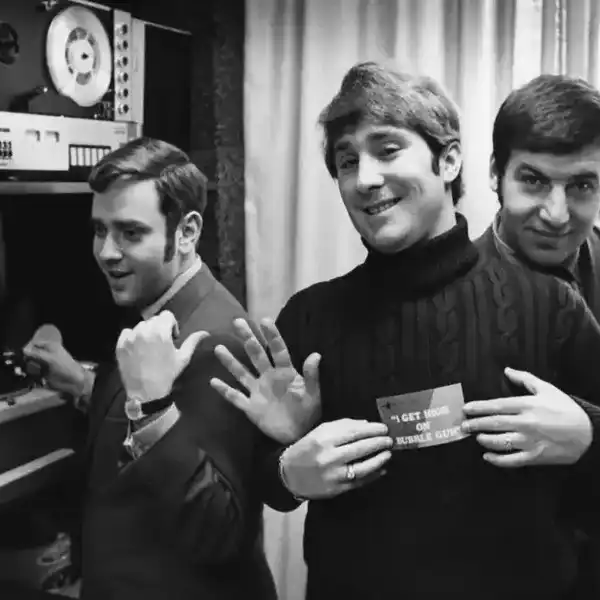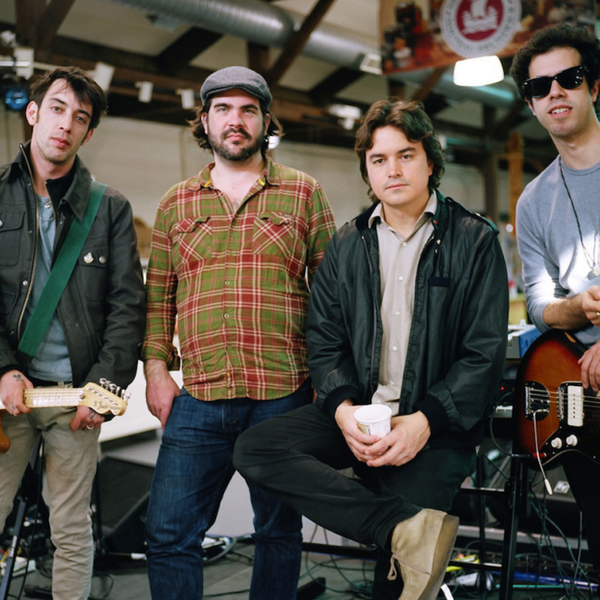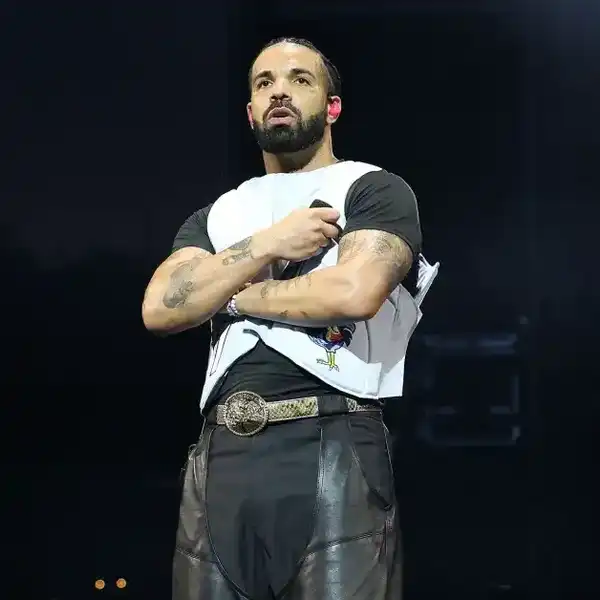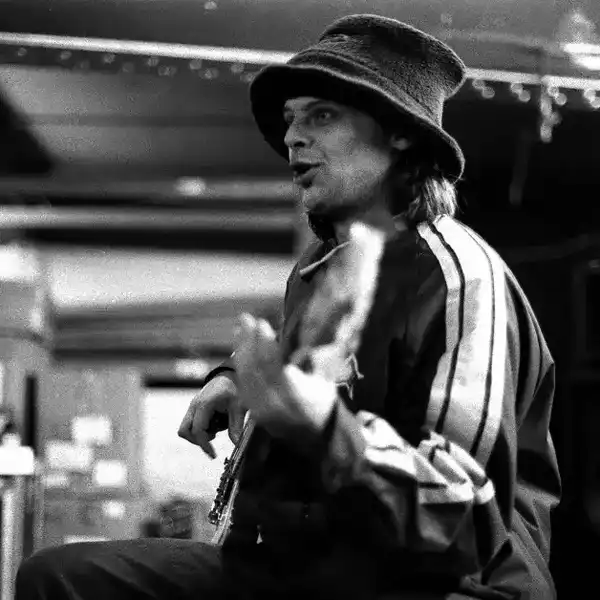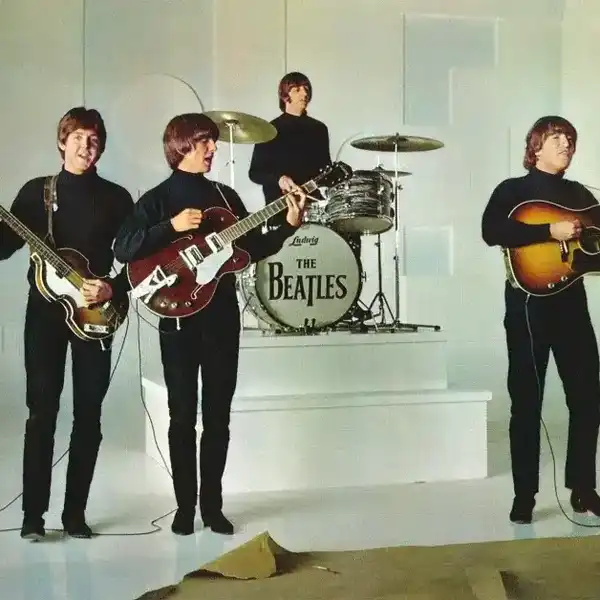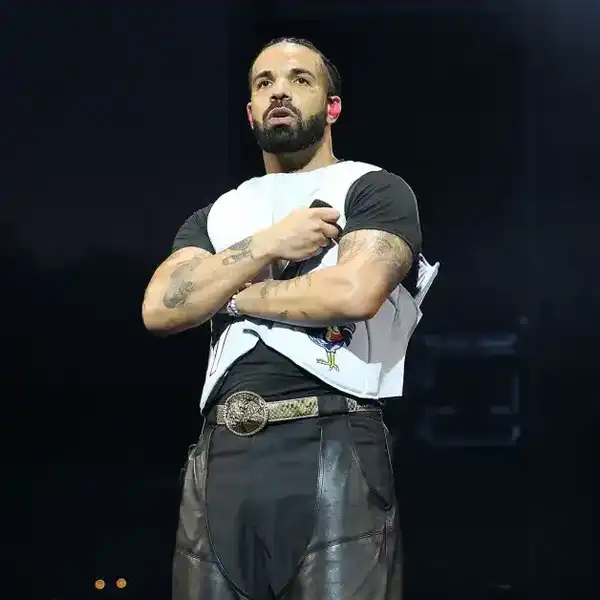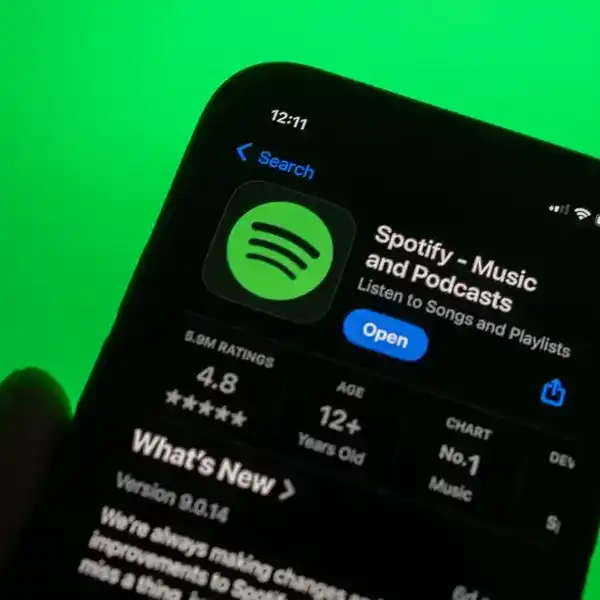Spotify Says It Paid $1 Million to 1,250 Artists in 2023. Which Artists Might They Be?
The streaming service's fourth annual Loud & Clear report delivers some big-picture numbers, though the names of the artists who benefit most may sound familiar.

Spotify logo displayed on a phone screen and headphones are seen in this illustration photo taken in Krakow, Poland on July 12, 2022.
Spotify paid out $9 billion in music royalties in 2023, with $4.5 billion going to independent artists. That huge pool of money is divvied up amongst hundreds of thousands of artists — some wealthy enough to live without royalty checks while many others need streaming to help keep their lights on.
The number of artists who made at least $10,000 in royalties from Spotify rose 16% to 66,000, according to the company’s latest Loud & Clear report released Tuesday (Mar. 19). That was twice the growth rate in artists earning at least $10,000 as the 8% uptick seen in 2022 when that number rose to 57,000.
The number of artists who reached other thresholds also increased at a higher clip in 2023 than in 2022. Last year, the number of artists who made $100,000 from Spotify in 2023 rose 15% to 11,600, compared to 10,100 the prior year, when the number was up 6%. And there were 1,250 artists who generated over $1 million from Spotify in 2023, an 18% increase from 1,060 in 2022 when the $1 million club grew by just 2%.
The company’s fourth annual Loud & Clear report provides an update on the company’s goal of allowing 1 million creators the opportunity to make a living from their art, a statement that goes back to CEO Daniel Ek at the company’s 2017 investor day presentation. How much an artist requires to pay the bills will vary by country, but it’s safe to say Spotify isn’t allowing 1 million artists to quit their day jobs and be working musicians.
Nevertheless, the number of artists who made what could be called a substantial amount of royalties on the platform continues to grow. The number of artists who made $10,000 from Spotify (66,000) last year was 2.8 times the 23,400 who reached that level in 2017. Compared to 2017, the number of artists who reached the $100,000 threshold in 2023 (11,600) was 2.7 times higher; and the number of artists who earned $1 million (4,300) last year was also 2.7 times higher. Over that period, Spotify’s annual revenue grew 3.2 times, rising from 4.1 billion euros ($4.6 billion) to 13.2 billion euros ($14.3 billion), according to the company’s financial statements.
By Spotify’s own estimate, the universe of working musicians is much larger than the 66,000 artists who earned $10,000 last year. The company says there are 225,000 emerging or professional recording artists globally. Separately, 235,000 artists have released at least 10 songs in their careers, a group that averages at least 10,000 monthly listeners.
Loud & Clear makes a point of highlighting how independent artists can make a living from streaming royalties. Last year, a quarter of the 66,000 artists in the $10,000 club were self-distributed through do-it-yourself platforms such as DistroKid and TuneCore. Unlike artists signed to record labels, self-distributed artists can pocket the entirety of their streaming royalties minus any distribution fees. Artists signed to labels may make more overall than independent artists, but they earn a fraction of the total receipts and must repay advances and marketing and promotion expenses.
Another Loud & Clear point of emphasis is that streaming is benefitting artists around the world. Indeed, the global nature of streaming platforms means music can easily travel from any corner of the globe to a mature streaming market where a high proportion of paid subscribers provides attractive royalties compared to ad-supported platforms. Of the 66,000 artists who generated at least $10,000 in Spotify royalties in 2023, more than half are from countries where English is not the first language. That’s not surprising given that Spotify is available in 184 countries and territories and has a major presence in large markets — such as India, Mexico, Brazil, Spain and France — with strong local, non-English music scenes.
To get a sense of which artists might be in Spotify’s $1 million club, Billboard examined a list of Luminate’s top 1,000 U.S. artists ranked by audio on-demand streaming. The list includes some young artists who have found success in the streaming era — such as Jelly Roll (No. 66), The Neighbourhood (No. 102) and PinkPantheress (No. 144) — and rely on streaming royalties more than more established artists with greater touring success.
Many of the top streaming artists are older musicians who earn far more from touring than streaming royalties: Fleetwood Mac (No. 54), George Strait (No. 97), AC/DC (No. 110), Elton John (No. 125), P!nk (No. 128), Billy Joel (No. 169), Journey (No. 172), Motley Crue (No. 395) and Garth Brooks (No. 489), among many others.
The top 1,000 list also includes bands that broke up long ago or haven’t released new music in decades: the Beatles (No. 49), Queen (No. 87), Nirvana (No. 112), Creedence Clearwater Revival (No. 134), Led Zeppelin (No. 151), Abba (No. 318), Bee Gees (No. 328), The Smiths (No. 341) and the Grateful Dead (No. 444). Those music royalties are undoubtedly welcomed, but these artists are certainly secure financially without them.
Other top-streaming artists are deceased: Juice WRLD (No. 15), 2Pac (No. 89), Frank Sinatra (No. 109), Elvis Presley (No. 146), Notorious B.I.G. (No. 150), Bob Marley (No. 167), Johnny Cash (No. 245), Dean Martin (No. 336), Prince (No. 362), Jimmy Buffet (No. 425), Tom Petty (No. 428), David Bowie (No. 441) and John Denver (No. 470).
Some artists don’t even pocket their Spotify royalties because they’ve sold their rights to investors. Katy Perry (No. 82) sold her recorded music catalog to Litmus Capital. Kenny Chesney (No. 157) sold a majority stake in his recorded music catalog to Hipgnosis Song Management. Jason Aldean (No. 50) sold a portion of his recorded music catalog to Spirit Music Group. Primary Wave acquired a 50% stake in Whitney Houston’s master recording revenue. The list of contemporary artists who sold their publishing rights is long; the list also includes Future (No. 12), Bruno Mars (No. 57), Imagine Dragons (No. 58) and Metro Boomin (No. 132).
Artists in the $1 million club are outliers, however. Anyone fortunate enough to be earning $1 million a year from Spotify already makes a good living from touring, merchandise, sponsorships and other areas. The point of Loud & Clear is to highlight the financial opportunities Spotify provides to those artists the report calls the “most dependent on streaming as part of their livelihood.” For that middle class of artists, streaming pays much better than it used to. While only a small fraction of 1 million artists can say they make a living from Spotify, the number rises every year.




